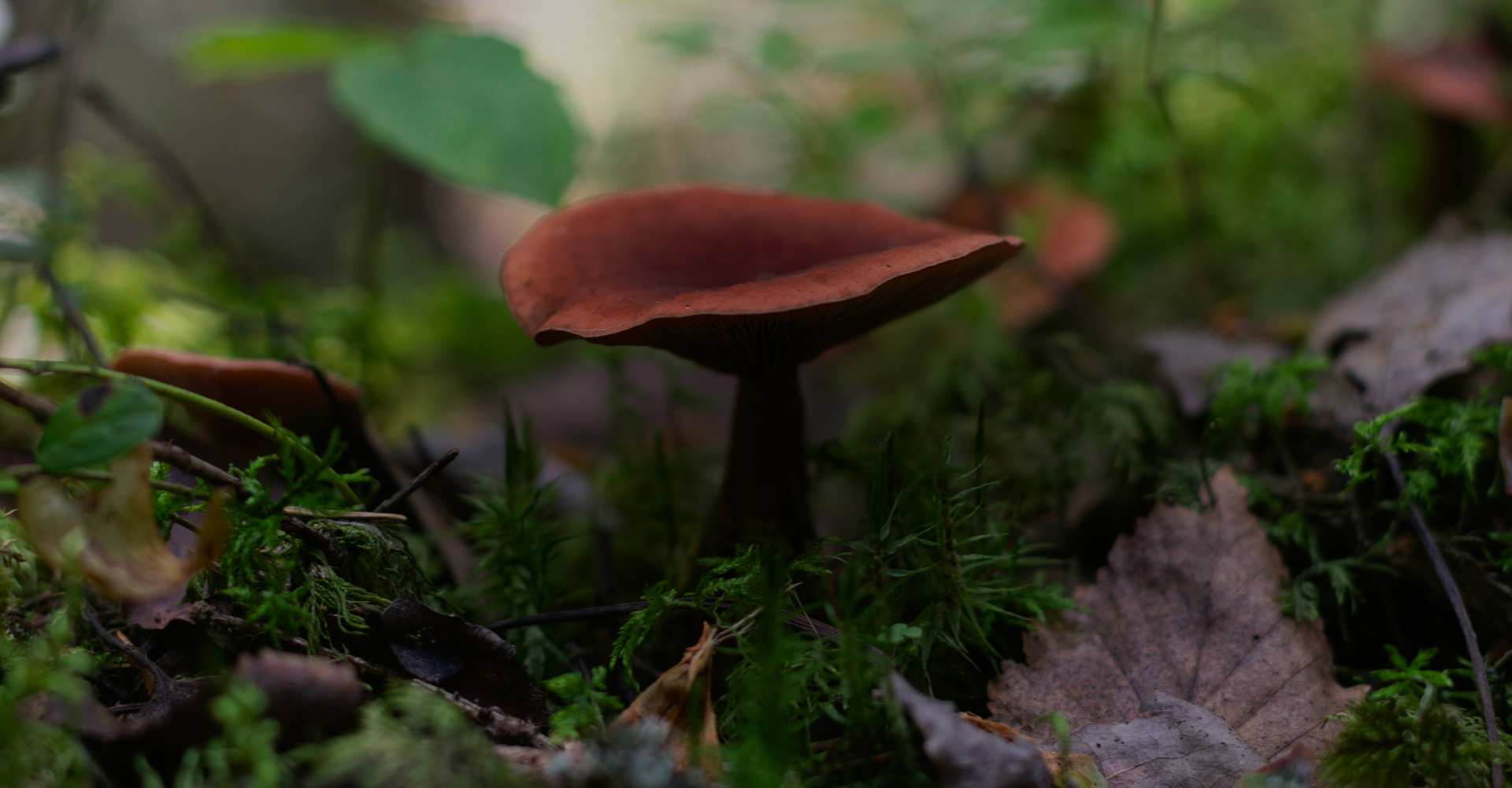
How to Avoid Dangerous Plants and Animals
“Leaves of three, let it be.” “Hairy vine, no friend of mine!” “Red touches yellow, kills a fellow…”
These fun expressions are useful reminders to steer clear of troublesome poison ivy, oak, and snakes, respectively. Unfortunately, there are not pithy rhymes for every hazard in nature. But have no fear—Luno is here to help you identify the plants and species you want to avoid on your next adventure with these car caping tips! Here are a few of the many ways to make sure that you and Mother Nature can stay on amicable (and rash-free) terms.
Leaves of three...
Two of the most infamous poisonous plants in nature are poison oak and poison ivy. Poison oak and ivy both contain Urushiol oil. Urushiol causes an allergic reaction upon contact with skin. Unless you’ve got a burning desire to have a fiery rash between your toes, upon your scalp, and every place in between, you’re going to want to avoid these troublesome plants. The oil can stay on clothes, fabric, and pets for weeks after initial contact so you never really know when you’re out of the woods.
Poison ivy can be identified by close leaf analysis. Its leaves have pointed tips and are grouped in clusters of three, all of which grow directly from the stem. “Berries white, take flight” is a useful adage to remind explorers to be wary of the equally hazardous white berries that may break off poison ivy plants and go rogue during the fall months. Poison ivy boasts coverage that puts Verizon to shame as it grows in pretty much all over the United States.
Poison oak leaves grow in clusters of three. However, they can also come in groupings of five, seven, or even nine leaves. The plant features white flowers in the spring and grows as a vine or shrub. These fuzzy fellows have hair on both sides (unlike poison ivy) and leaves that resemble the shape of oak leaves. Poison oak usually populates land below 5,000 feet and west of the Rock Mountains.
Sneaky sumac
Can’t forget about good ole poison sumac! Luckily, sumac is harder to miss than those other low-growing plants. Sumac grows about 30 feet tall with fern-like leaves that feather out. The leaves themselves are green and pointy, while the stems are reddish and the bark is gray. These guys like to hang out on the eastern and southeastern parts of the country in wet, swampy areas.
Know before you go
It’s generally a good idea to interact with wildlife as little as possible. Unnatural wildlife interruption can seriously disturb the natural systems in place in the wild. In 2018, human intrusion in nature was so problematic that some animals became unnaturally nocturnal in an attempt to avoid humans. Respecting animals’ space is crucial to maintaining healthy ecosystems.
Wildlife to avoid largely depends on your location since different species are indigenous to different areas. A little research can go a long way when preparing for a trip. A quick Google search that includes your destination and the time of year will often result in relevant warnings about how to (or not to) engage with the animals of your surroundings.
Familiar does not mean friendly

Animals don’t have to be exotic to be potentially dangerous. Moose, for instance, is a well-known animal whose familiarity shouldn’t be taken for granted. Moose can act particularly aggressive during the mating season in late September and early October. Adult males can weigh upwards of 1,000 pounds. Unlike most offensive tackles in the NFL, their size doesn’t compromise their mobility as these big boys can run up to 35 miles per hour! You do not want to challenge these powerful beasts. One thousand pounds of muscle barreling at you at the speed for a car is not a fun wildlife experience...
Aposematism awareness
It’s generally a good idea to steer clear of brightly colored animals. Certain species have evolved to have a more flashy appearance as a defense mechanism to keep predators away. This technique is called “Aposematism,” and is used by animals to warn predators that they are toxic. Their showy appearance is a polite suggestion that you should back off before they mess you up.
Look out for the little guys
Lastly, animals both big and small can pose a threat to travelers. Anyone who has ever been sprayed by a skunk or attacked by bees can attest that size is no indication of danger. Hell hath no fury like a tick bite on a hot summer’s day. Keep an eye out for threats of all sizes, on all fronts, when dancing with the wild.
It’s always better to be safe than sorry when playing in nature. Wishing you comfortable, rash-free adventures this weekend!










